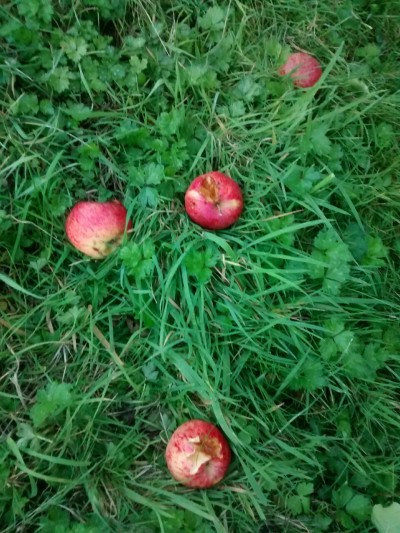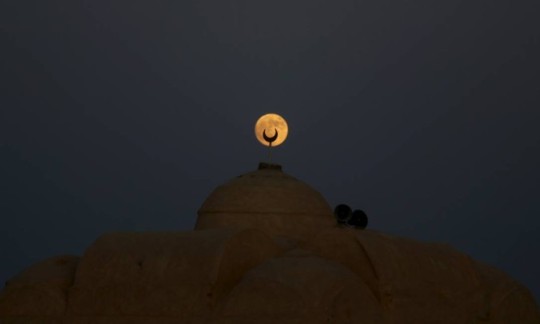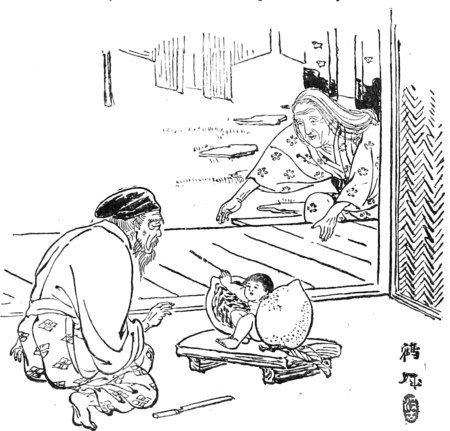We picked the last of the apples on the bear tree this evening, before the crows could peck holes in the rest of them. (Jesse helped by crouching under the porch watching and yowling at me to come pet him. I obliged. He’s currently sprawled on my lap purring while I pet him with one hand and type with my other hand).
Every time my brother opened the upstairs window, a huge flock of crows took flight from the tree; the sound of deer chomping on apples in the middle of the night was creeping out his girlfriend; and the fruit was attracting bears. My brother saw a bear wander around the yard and then climb the poor tree again. They're eventually going to totally break it.
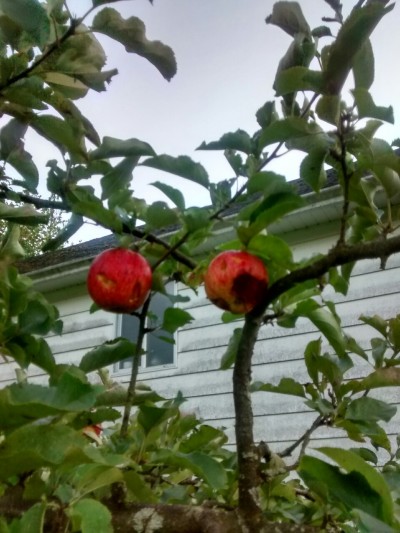 |
| The crows sit in the tree and peck at the apples. They got pretty much all of them, but they're still edible. |
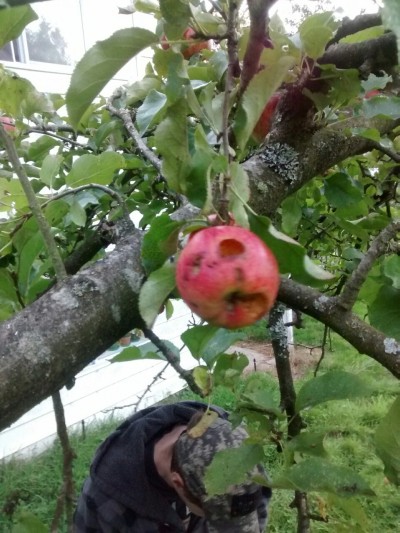 |
| My brother had to pick most of the apples, me and his girlfriend are both too short. |
I thought the guys had borrowed a ladder and picked the other trees last month, but it turns out the next door neighbour called my brother and asked if he could come over with his kids and pick some fruit. My brother went out the next day, and all four full sized apple and pear trees and the old crabapple tree were completely stripped, the neighbour must have gotten a 30 foot fruit picking ladder from somewhere and spent a lot of time at it. He even picked up every single windfall from the ground and took them, too. Rude.
What is he even going to do with all that fruit? Maybe he’s extremely fond of applesauce, I have no idea. We're not even mad, that's the sort of thing the guy does. Too bad about all that fruit though, we were looking forward to that.
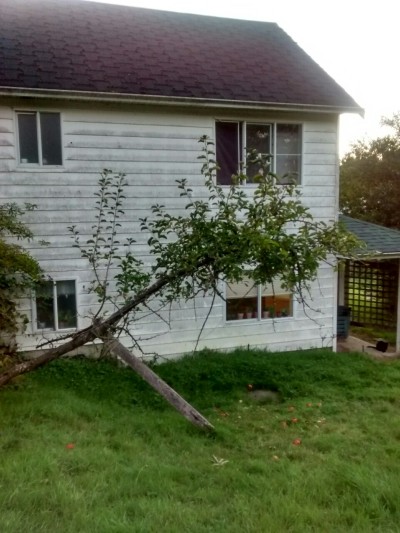 |
| The tree after we picked it. We left some apples on the ground for the deer. That furry black blob on the right hand edge under the porch is Jesse. |
So the only fruit we got this year was the few crow-pecked apples from the bear tree that the wildlife didn’t completely eat. My brother and his girlfriend are going to cut them up and make a crumble. She’s trying to convince him that it’ll be fine without butter or much sugar, but he’s not buying it.
 |
| The apples on September 16th, untouched by crows. We should have picked them then. Oh well. |
Tonight was the harvest moon and also a combination supermoon (when the moon is full and at its closest point to the earth, so it appears much larger than usual), and lunar eclipse, which colours the moon red. (
Watch the NASA video explaining it). That coincidence hasn't happened since 1982, and won't happen again until 2033. But we are as far west as it gets, so the moon didn't make it over the horizon before the eclipse ended, much less over the trees. That's okay though, I have seen supermoons and lunar eclipses before, and there are lots of great photos of the event on the internet.
 |
| A flock of birds fly by as the supermoon rises in Mir, Belarus, 95 kilometers west of capital Minsk (Telegraph) |
I imagine the moon would have looked like this in Canada. It was a clear, sunny day today and there were a lot of birds flying around.
 |
| The supermoon rises near the minaret of a mosque in Wadi El-Rayan Lake in Fayoum Governorate, southwest of Cairo (Sources: O Globo; Telegraph). |
Muslims see eclipses as a reminder of the Day of Judgement
, when the sun, moon, and stars will all lose their light.
فَإِذَا بَرِقَ الْبَصَرُ ﴿٧﴾ وَخَسَفَ الْقَمَرُ ﴿٨﴾
وَجُمِعَ الشَّمْسُ وَالْقَمَرُ ﴿٩﴾
يَقُولُ الْإِنسَانُ يَوْمَئِذٍ أَيْنَ الْمَفَرُّ
So when vision is dazzled, and the moon darkens, and the sun and
moon are joined together: Man will say on that Day, "Where is the [place of] escape?" (Al-Qiyamah 75:7-10)
The pre-Islamic Arabs believed that celestial bodies had power over events and people's fates, and sometimes worshipped them or associated them with their gods, but this is not part of Islamic belief.
وَمِنْ آياتِهِ اللَّيْلُ
وَالنَّهارُ وَالشَّمْسُ وَالْقَمَرُ لا تَسْجُدُوا لِلشَّمْسِ وَلا
لِلْقَمَرِ وَاسْجُدُوا لِلَّهِ الَّذِي خَلَقَهُنَّ إِنْ كُنْتُمْ
إِيَّاهُ تَعْبُدُونَ
Among His signs are the night and the day and the sun and moon.
Do not prostrate yourselves before the sun or the moon; rather
prostrate yourselves before Allah, Who created them both, if you
truly are His worshippers. (Fussilat 41:37)
On the day the Prophet Muhammad's
infant son Ibrahim died in the year 10 AH/632 AD, there was a solar eclipse and people thought the sun was eclipsed in sadness over the death Ibrahim's death, but the Prophet said:
«إنَّ الشمسَ والقمرَ من آيات اللهِ، وإنهما لا يَنخسفان لموتِ أحدٍ ولا
لحياتِه، فإذا رأيتُموهما فكبِّروا، وادعو اللهَ وصلُّوا وتصدَّقوا»
Sahih Muslim, narrated by A'ishah bint Abu Bakr, no. 901 (Wikipedia)
“The sun and the moon do not eclipse
because of the death or life (i.e. birth) of someone. When you see the
eclipse praise Allah, make dua and pray and give charity."
There was an eclipse when I was in college in Jordan, and the students in the dorm prayed salaat al
-kusoof (the eclipse prayer) in congregation, although it can be prayed individually.
Salaat
al-kusoof is two raka'at with long recitations of the Quran in each,
prayed after a solar or lunar eclipse starts and lasting no longer than
the eclipse does (although it doesn't have to be that long). If it's a
total eclipse, surat al-baqarah is often read in the first raka'ah.
There are a number of hadith describing how to pray it, including two
well-known ones narrated by Aishah. It's mostly considered a confirmed
sunnah (
instructions on how to pray it here).
The Imam ash-Shafi'i and two of the other four sunni imams (not Hanafi)
recommend that a khutbah (sermon) be given after salaat al-kusoof, but
at school or at home there was no one to give one.
(Sorry about the allcaps on that one Quran verse in English, I didn't mean to shout. Some of the formatting is weird here, but I couldn't fix it. Getting html to work when you're pasting in both English and Arabic quotes is such a pain, and my favourite Quran site no longer uses images of the verses in Arabic so I can't just put those in and avoid the formatting problems).






